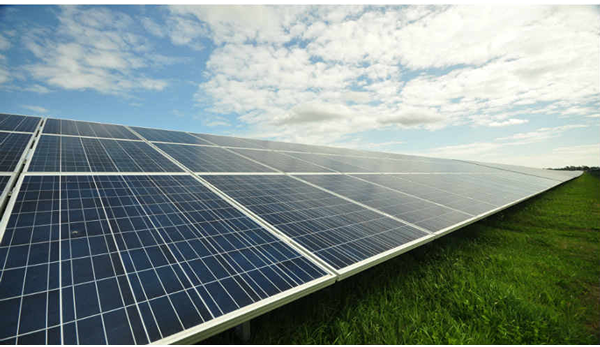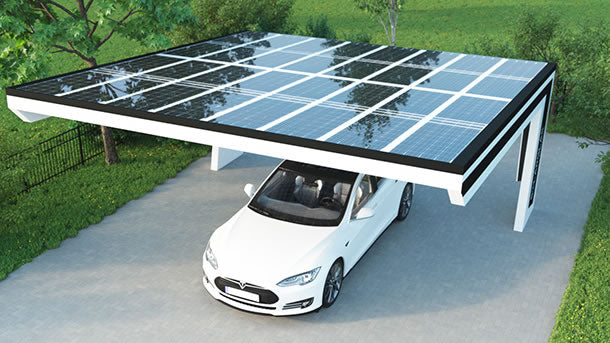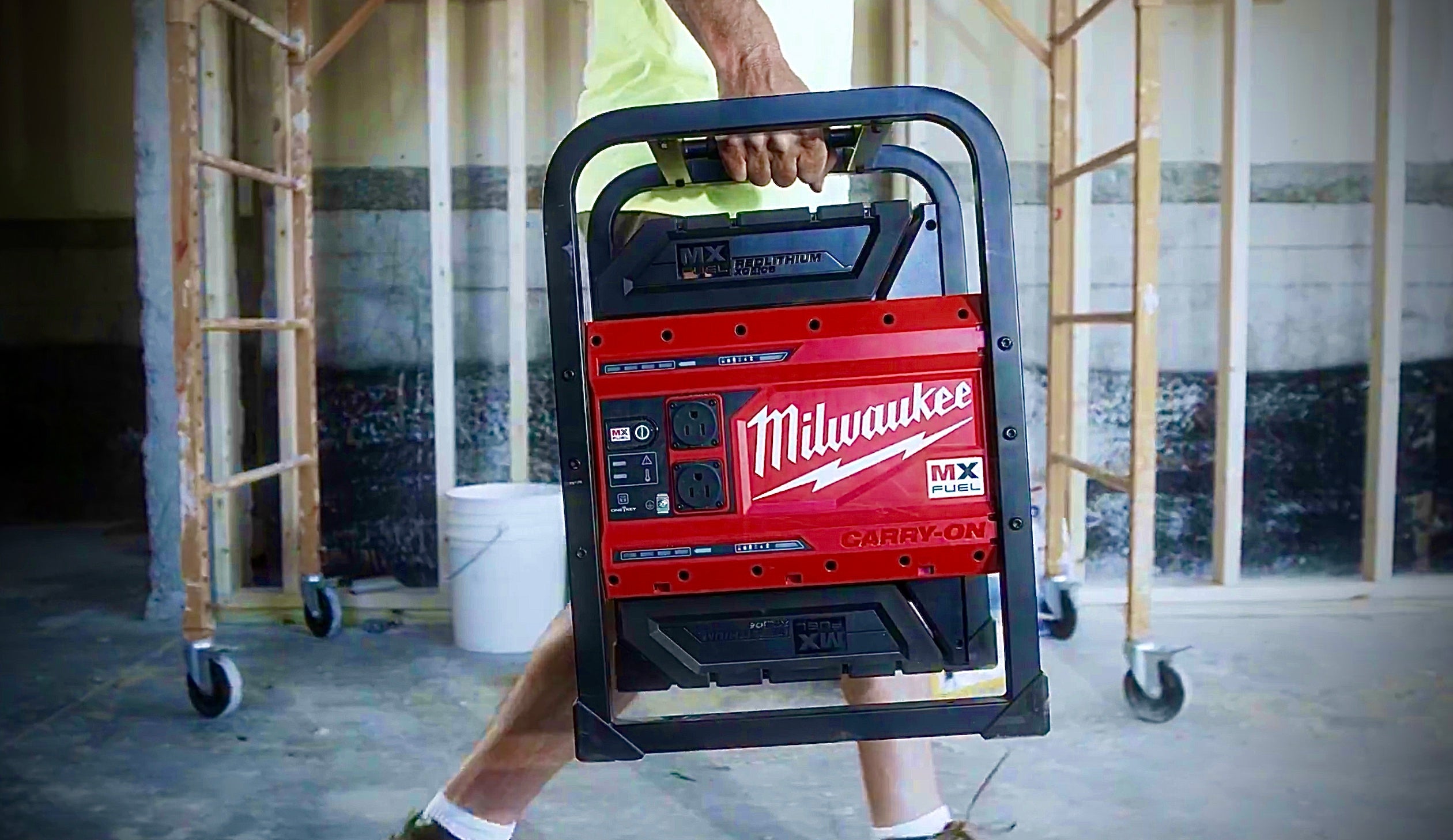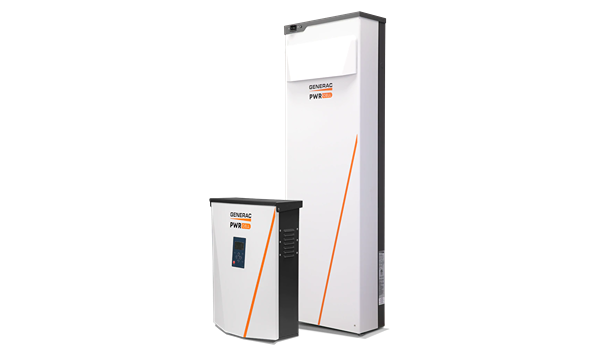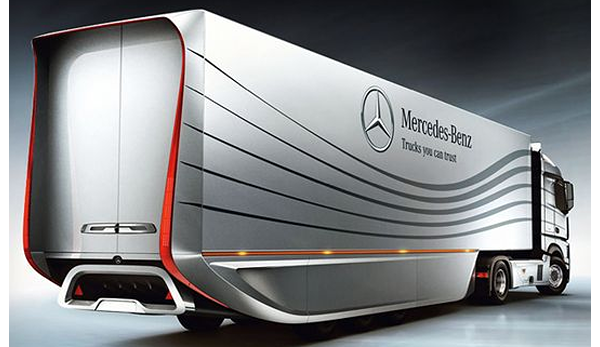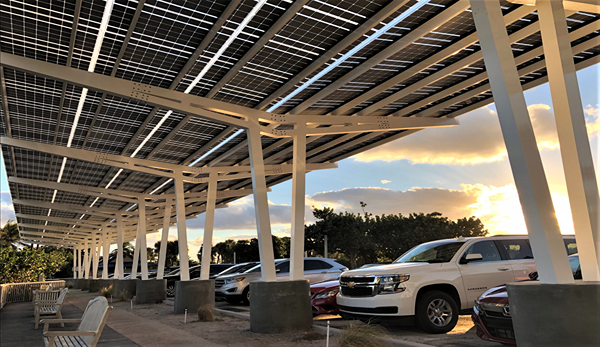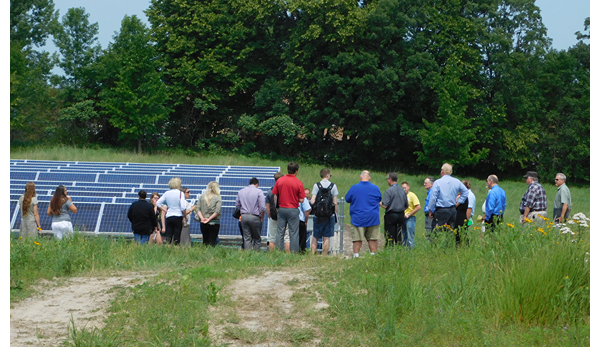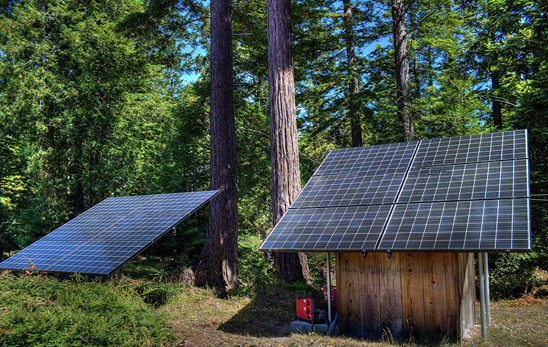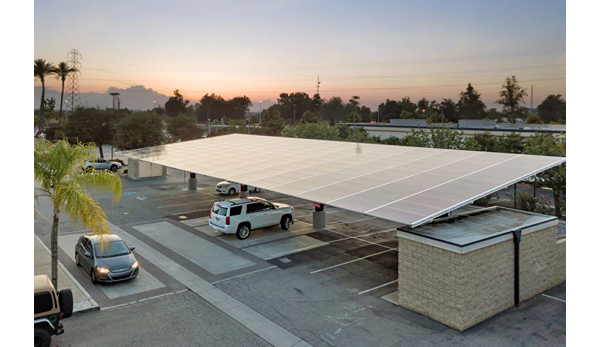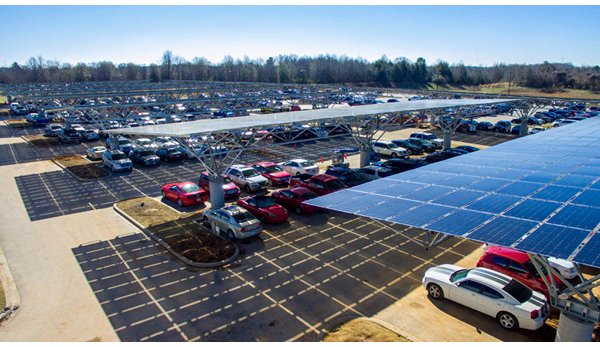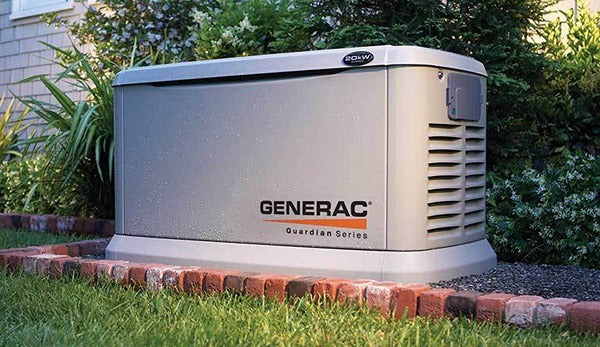
The Shocking Truth About the Tesla Power Wall
The Shocking Truth About
the Tesla Power Wall
Adoption of renewable energy and battery storage solutions is on the rise. This trend is mainly driven by the increasing demand for clean energy, for EV’s and for the need to reduce our carbon footprint. Tesla has been at the forefront of this market, thanks to its innovative products and its commitment to sustainability.
Tesla's Role in the Market
Tesla is a leading player in the renewable energy and battery storage market. The company was founded in 2003 by Elon Musk, with a vision to accelerate the world's transition to sustainable energy. Tesla has made significant strides towards achieving this goal by developing cutting-edge products such as electric cars, solar panels, and battery storage systems. The company has disrupted the traditional energy industry by offering affordable and reliable renewable energy solutions to consumers.
Other Suppliers of Power Walls
While Tesla is a dominant player in the market, it's not the only company that offers battery storage solutions. Other suppliers of power walls include LG Chem, Sonnen, and Enphase. However, Tesla's Power Wall is the most well-known and widely used battery storage system.
Overview of the Tesla Power Wall
The Tesla Power Wall is a battery storage system that stores excess energy generated by solar panels. The stored energy can be used during periods of high demand or when there is a power outage. The Power Wall comes in three versions: Power Wall 1, Power Wall 2, and Power Wall 3. The Power Wall 1 has a storage capacity of 6.4 kWh, the Power Wall 2 has a storage capacity of 13.5 kWh, and the Power Wall 3 has a storage capacity of 16.5 kWh.
Technical Specifications
The Power Wall is a lithium-ion battery that can be installed both indoors and outdoors. The battery has a peak power output of 7 kW and can operate at temperatures ranging from -20°C to 50°C. The battery is designed to last for more than 10 years and comes with a warranty of 10 years.
Differences between the Power Wall 1, 2, and 3
The main difference between the Power Wall 1, 2, and 3 is their storage capacity. The Power Wall 1 has the smallest storage capacity of 6.4 kWh, while the Power Wall 3 has the largest storage capacity of 16.5 kWh. The Power Wall 3 also has a higher power output than the other two versions, with a peak power output of 10 kW.
Advantages and Limitations of a Tesla Power Wall
Energy independence is one of the biggest advantages of a Tesla Power Wall. By storing excess energy generated by solar panels, homeowners can reduce their reliance on the grid and become more self-sufficient. The Power Wall also provides a backup power supply during power outages, ensuring that homeowners have access to electricity when they need it.
Another advantage of the Power Wall is its energy capacity. The Power Wall can store enough energy to power a home for hours, depending on the size of the battery and the amount of energy consumed by the home. This means that homeowners can use their stored energy during periods of high demand, such as during peak hours when electricity prices are higher.
One limitation is storage capacity, which may not be sufficient for households that consume a lot of energy. Additionally, the Power Wall may not be suitable for areas with low solar panel output, as it relies on solar energy to charge.
How a Tesla Power Wall Works
The Power Wall works by storing excess energy generated by solar panels during the day and releasing it when it's needed. The battery is charged by solar panels during the day, and the stored energy is used to power the home during the evening or when there is a power outage. The Power Wall is connected to the grid, allowing homeowners to sell excess energy back to the grid during periods of high demand.
During a power outage, the Power Wall automatically switches to backup power mode, providing electricity to the home. The Power Wall can also be monitored and controlled remotely through a mobile app, allowing homeowners to track their energy usage and battery status.
Applications of a Tesla Power Wall
The Power Wall can be used for various applications, including residential, commercial, and industrial use. In residential settings, the Power Wall can be used to power homes during power outages and reduce reliance on the grid. In commercial settings, the Power Wall can be used to store energy generated by solar panels and reduce energy costs. In industrial settings, the Power Wall can be used to provide backup power and reduce energy consumption during peak hours.
Installation and Maintenance
The installation process for a Power Wall typically involves connecting the battery to the home's electrical system and solar panels. The installation process can take several hours, depending on the complexity of the system. Maintenance requirements for a Power Wall are minimal, with most maintenance tasks involving cleaning and monitoring the battery's performance.
The lifespan of a Power Wall is more than 10 years, and the battery comes with a 10-year warranty. However, the lifespan of the battery may vary depending on usage and environmental factors.
Cost of a Tesla Power Wall
The initial cost of a Tesla Power Wall varies depending on a variety of factors, including installation fees, local regulations, the complexity of the installation and the size of the system. The cost of a Power Wall 2, which has a storage capacity of 13.5 kWh, is around $7,000, while the cost of a Power Wall 3, which has a storage capacity of 16.5 kWh, is around $10,000. However, the long-term savings from using a Power Wall can offset the initial cost, making it a cost-effective solution for homeowners.
Long-term Savings
While the initial cost of a Tesla Power Wall may seem steep, homeowners can save money in the long run. The Power Wall allows homeowners to store excess energy produced by their solar panels during the day and use it at night when energy demand is higher. This can lead to significant savings on energy bills over time.
Return on Investment
The return on investment for a Tesla Power Wall depends on a variety of factors, including the cost of electricity in the homeowner's area, the size of the system, and the homeowner's energy usage. However, in general, homeowners can expect to recoup their initial investment within 5-10 years. After that, they can continue to save money on their energy bills for the life of the system.
Comparison with Traditional Petroleum Generators
Traditional petroleum generators are a popular backup power source for homeowners in areas with frequent power outages. While they are relatively inexpensive upfront, they require ongoing fuel costs and emit harmful pollutants. In contrast, the Tesla Power Wall offers a cleaner, more cost-effective backup power solution.
Comparison with Other Renewable Battery Storage Suppliers
The Tesla Power Wall is not the only renewable battery storage solution on the market. Other suppliers, such as LG Chem, Enphase and Sonnen, offer similar products at comparable prices. However, Tesla is known for its technological innovations and high-quality products, making the Power Wall an attractive option for many homeowners.
Advantages and Disadvantages of Each Option
Each renewable battery storage option has its advantages and disadvantages. The Tesla Power Wall is known for its innovative technology and reliability, but it may not be the best option for every homeowner. Other suppliers may offer better options for those with unique energy needs or budget constraints.
Real World Case Studies
To understand the benefits and limitations of the Tesla Power Wall in real-world scenarios, let's take a look at some case studies.
Success Stories
Several homeowners have reported significant cost savings and energy independence after installing a Tesla Power Wall. One homeowner in California reported reducing their energy bill by 99% after installing the system. Another homeowner in Hawaii was able to go off the grid entirely after installing multiple Power Wall units.
Challenges and Limitations
While the Tesla Power Wall offers many benefits, it also has some limitations. One of the most significant challenges is its high upfront cost, which may not be feasible for some homeowners. Additionally, the Power Wall may not be the best option for homeowners with high energy needs, as the system has a limited capacity.
Lessons Learned
Despite the challenges and limitations, the Tesla Power Wall has taught us a few lessons. First, renewable energy storage is becoming increasingly popular, and homeowners are seeking ways to reduce their carbon footprint
Second, the Tesla Power Wall has shown that renewable energy storage can be cost-effective and reliable, especially when paired with solar panels. Finally, the Power Wall has highlighted the importance of innovation and technological advancements in the renewable energy industry.
Future of the Tesla Power Wall and Home Battery Storage
As technology continues to advance, the future of the Tesla Power Wall and home battery storage looks bright. Here are a few emerging trends and advancements to keep an eye on:
Emerging Trends
One emerging trend is the development of larger-scale home battery storage systems. These systems can store more energy and provide backup power for longer periods, making them an attractive option for homeowners with high energy needs. Additionally, the integration of artificial intelligence and machine learning may further improve the efficiency and reliability of home battery storage systems.
Technological Advancements
Tesla continues to innovate and improve its Power Wall technology, with newer models offering larger capacity and more advanced features. Additionally, advancements in battery technology may lead to longer-lasting and more affordable home battery storage solutions.
Competition
As renewable energy storage becomes more popular, competition in the market is expected to increase. Other companies may develop innovative and affordable home battery storage solutions, challenging Tesla's dominance in the industry.
Regulatory Landscape
Regulations and policies at the local, state, and federal levels can greatly impact the adoption and affordability of renewable energy storage solutions. As governments worldwide strive to reduce carbon emissions and promote renewable energy, incentives and policies may be implemented to encourage the adoption of home battery storage systems.
Conclusion
In conclusion, the Tesla Power Wall offers homeowners an innovative and reliable way to store renewable energy and reduce their carbon footprint. While the initial cost may be steep, long-term savings and a positive return on investment make the Power Wall an attractive option for many homeowners. However, it's essential to consider other renewable battery storage options and understand the advantages and disadvantages of each. Real-world case studies have demonstrated the benefits and limitations of the Power Wall, and technological advancements and emerging trends suggest a bright future for home battery storage. Overall, for those considering a Tesla Power Wall, careful consideration of energy needs, budget, and local regulations can lead to a successful and cost-effective investment in renewable energy.



